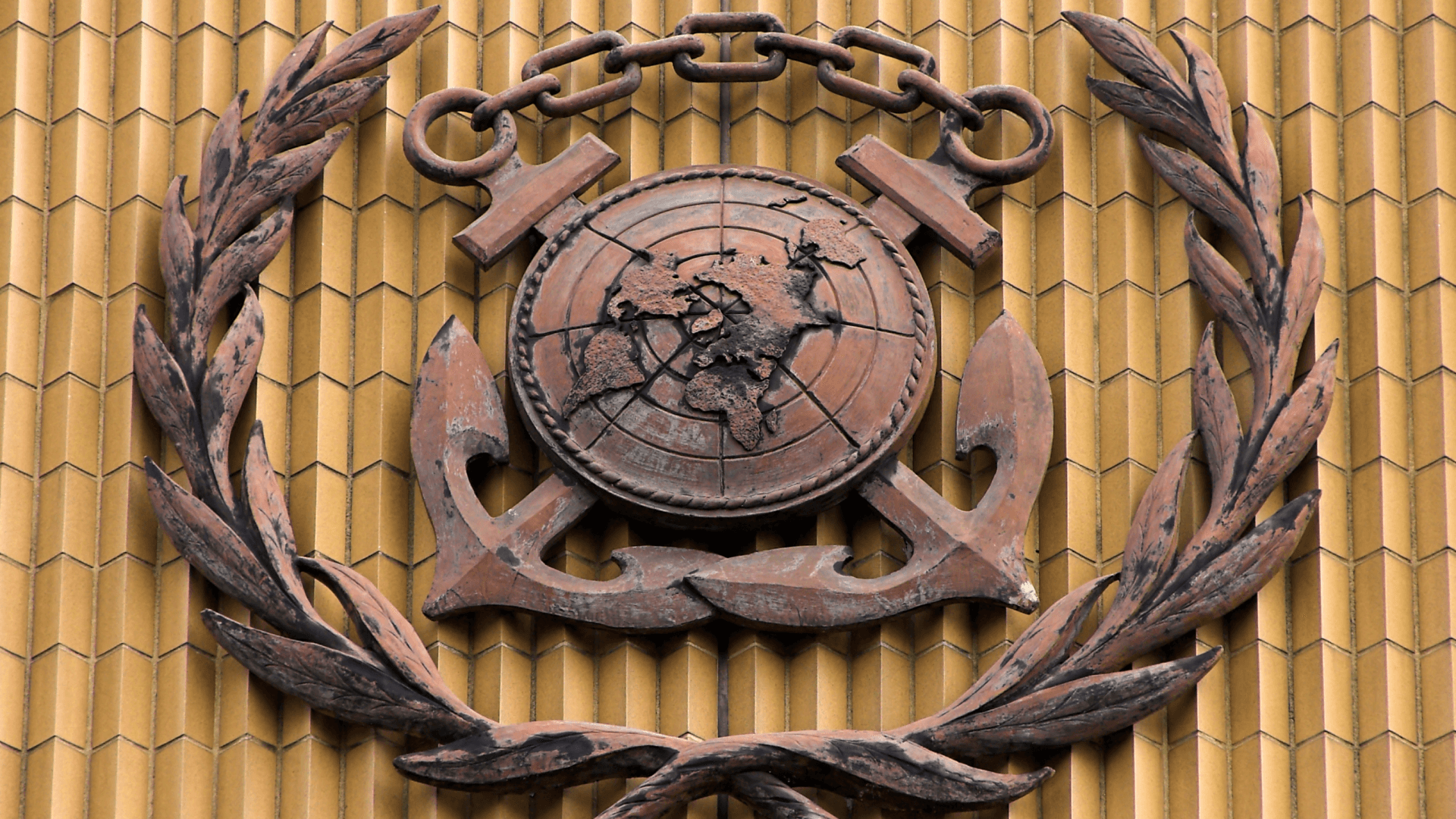
August 16, 2023 marks one year since President Joe Biden signed the historic Inflation Reduction Act (IRA) — the boldest action thus far by the United States to reduce climate pollution and accelerate the transition to clean energy — and one with sweeping ramifications for global efforts to address climate change.
The IRA includes massive investments in climate provisions and is expected to reduce US net greenhouse gas (GHG) emissions by around 40% from 2005 levels by 2030, all while delivering a wide range of health and economic benefits for Americans. Implementing the law could also help create more than 9 million jobs over the next decade, according to an analysis by the BlueGreen Alliance. Additionally, the IRA represents the most significant step taken to date by the United States toward its commitments to the Paris Agreement on climate change — an international treaty with a goal of limiting global temperature rise to 1.5° C relative to pre-industrial levels.
The IRA is the culmination of decades of efforts led by communities and grassroots movements, with support along the way from environmental groups, government and business leaders, and a wide range of additional allies. Over the years, philanthropy played a pivotal role in these efforts, working behind the scenes in collaboration with the private and public sectors and civil society actors to support the sustained engagement that helped make this bold climate action possible. Moving forward, philanthropy must not only support efforts to implement the IRA but also push for even bolder action on climate change.
Philanthropy helped pave the way for the Inflation Reduction Act
Shortly after the IRA was signed in August 2022, Inside Philanthropy’s Michael Kavate chronicled the role that philanthropy played in helping achieve the historic law. For example, philanthropy has provided consistent support for climate movement building over the years, backing groups such as the 501(c)(3) arm of the Sunrise Movement, whose efforts were critical for building sustained momentum for ambitious federal policy on addressing climate change.
Philanthropy also backed major initiatives that shaped many of the policies outlined in the legislation. ClimateWorks is proud to have supported a number of organizations that have worked over the years both to achieve the passage of the IRA and to shape its climate provisions.
One notable example of philanthropy’s influence on the IRA is the law’s ambitious provisions for transportation electrification. Supported by philanthropy, partners within the Drive Electric Campaign — a global initiative accelerating electrification of all road vehicles by 2050 — spent years on coalition-building and groundwork to push Congress for robust investments in electric vehicles (EVs), with a wide range of approaches including education, strategic communications, and coalition sign-on letters. This work proved fruitful as transportation electrification became a centerpiece of the IRA, which wound up including nearly all the provisions advocated for by Drive Electric partners. Such provisions include expansive tax credits for EVs, used EVs, and commercial clean vehicles; grants that will help accelerate the shift to zero-emission buses and heavy-duty vehicles; and major incentives for the retooling of existing facilities to manufacture clean vehicles and batteries. Crucially, these provisions will increase access to electrified transport for all by completely changing the calculus of the deployment timeline for electric cars, trucks, and buses, delivering cleaner air to hundreds of thousands of Americans by 2050.
Carbon dioxide removal (CDR) is another element of the IRA that reflects ongoing philanthropic involvement. Sustained engagement by philanthropy — including support for critical research, analysis, and advocacy — helped contribute to transformative new incentives and provisions in the bill that support technological and land-based carbon removal. In particular, the IRA includes refinements to the 45Q tax credit that will enable it to better support carbon removal startups and allow a broader range of project developers to take advantage of the credit. These improvements could help deliver up to $100 billion in new investments. Already, there is significant momentum for CDR projects, especially given there are also strong CDR provisions in the Bipartisan Infrastructure Law. Just last week, the Department of Energy announced funding that will support the early-stage development of various regional direct air capture (DAC) hubs, including one in California’s Kern County that ClimateWorks has been supporting for nearly three years.
The road ahead: Implementing the IRA and pressing for even more climate action
The one-year anniversary of the IRA marks an important crossroads not only to reflect on how the legislation was achieved but also to focus on the work ahead. It is critical that philanthropy support the implementation of the IRA while also helping address the gaps that still exist in needed climate action.
While the IRA represents a landmark achievement, now is the time to ensure that the actual implementation of the legislation is timely, effective, and benefits communities. The success of the IRA will require businesses, individuals, state and local governments, and community partners to take advantage of its tax credits and other incentives. Philanthropy must continue to work closely with partner organizations that have the networks and expertise to support the implementation of the IRA. And there are new efforts already underway: Invest in Our Future, for example, was launched by five of the country’s largest climate funders and is working to help communities (including rural and low-income communities, communities of color, and Native communities) benefit from the IRA — which includes navigating the complex process of applying for federal funding. Similarly, a number of environmental and climate justice networks have organized regional hubs that will help community-based organizations secure federal funding for environmental justice projects.
Additionally, philanthropy can play a role in advancing efforts that will help fill gaps in the IRA and in the country’s climate efforts more broadly. For example, as discussed earlier, the IRA is expected to produce a 40% in reduction GHG emissions by 2030 — but this still falls short of the 50% to 52% in reductions needed for the United States to meet its Paris Agreement commitments. Even in the case of zero-emission transportation — arguably the largest suite of IRA investments — ambitious federal regulations are needed to meet climate goals for the sector. Philanthropy should continue to support the groups, movements, and communities that are looking at the IRA and beyond to help ensure the United States is on a clear path to meeting its commitments. One emerging area of philanthropic collaboration, for example, involves addressing industrial emissions, where additional action offers the United States a path to get closer to achieving Paris targets.
Philanthropy can help address additional areas that are under-addressed by the IRA. For example, while the IRA includes historic investments to advance environmental justice, activists have argued that the provisions are insufficient, especially considering the bill also contains some concessions to the fossil fuel industry. These shortcomings are a call to action for philanthropy to prioritize the people most impacted by climate change.
Philanthropy must keep pushing forward
A year after its signing, it is important to celebrate the momentous achievement the IRA represents for climate action, the expansive efforts that made it possible, and the wide range of benefits it will bring to communities. It is also an opportunity for philanthropy to reflect on its role in supporting the movements, groups, and organizations that pushed for this historic legislation and whose work is reflected strongly in its policies.
Nonetheless, it is clear that philanthropy must support grantees’ efforts to help implement the emissions reduction potential inherent in the IRA, as well as push for additional climate actions needed to limit global temperature rise to 1.5° C and avoid the worst impacts of climate change.
The one-year anniversary of the historic IRA should be celebrated because it offers the United States its greatest opportunity ever to build a more just, equitable, and clean energy future for people and communities across the country. The apocalyptic wildfires in Maui this past week provide yet another horrifying and somber reminder that climate change is already a deadly reality for people and communities in the United States and around the world. It should serve as a motivator for philanthropy to build off of the momentum created by the IRA and to keep pushing for faster climate progress now.

